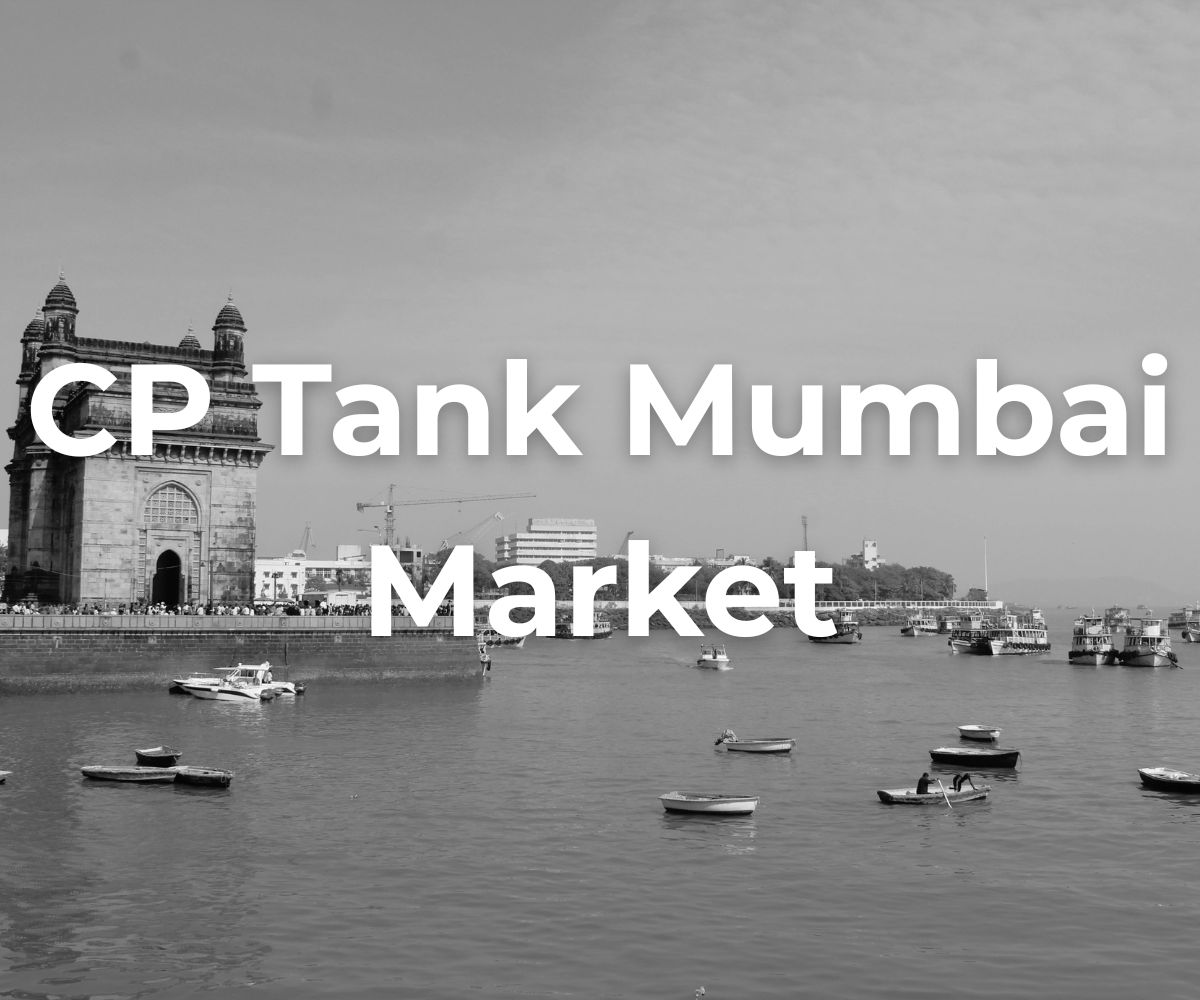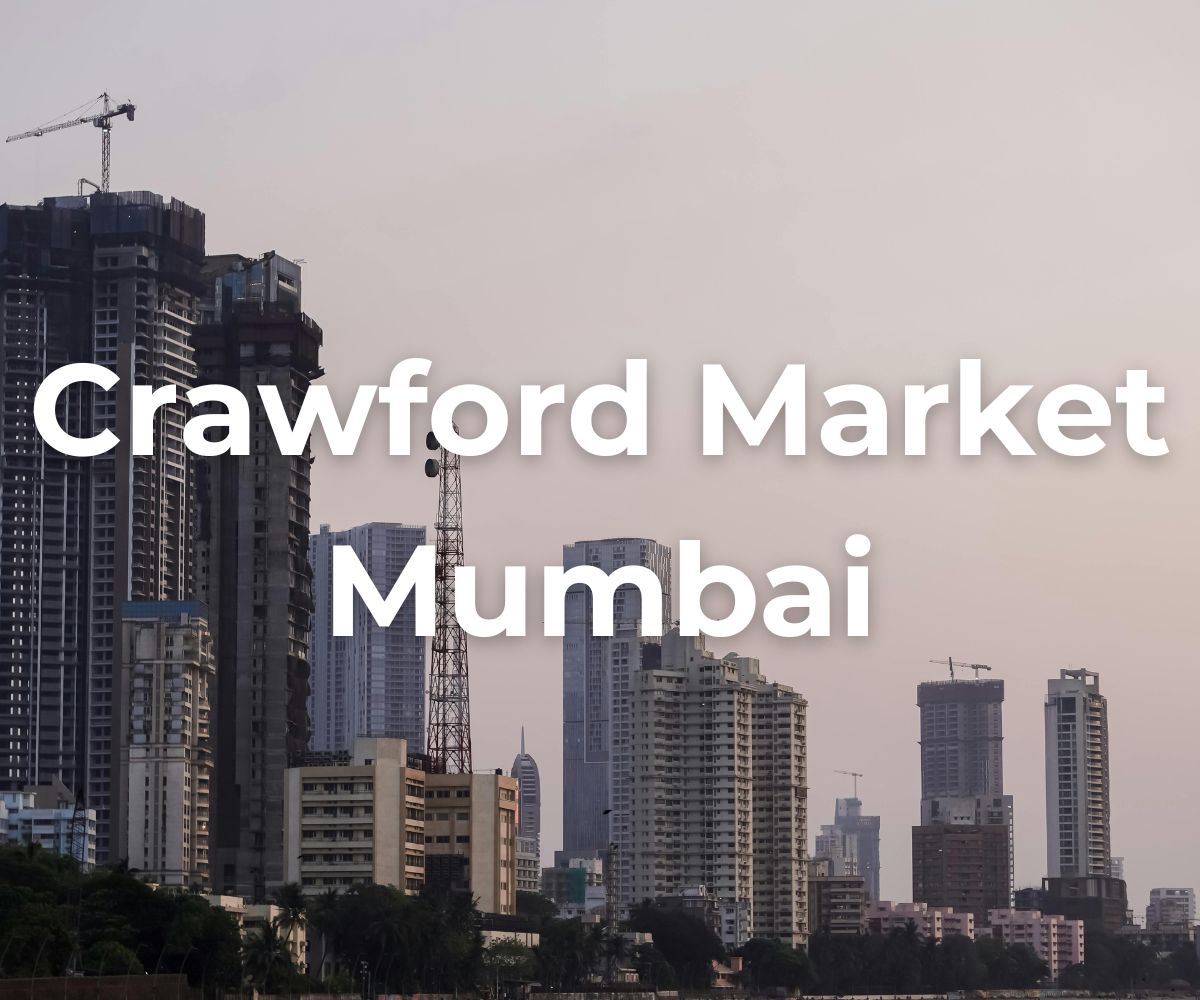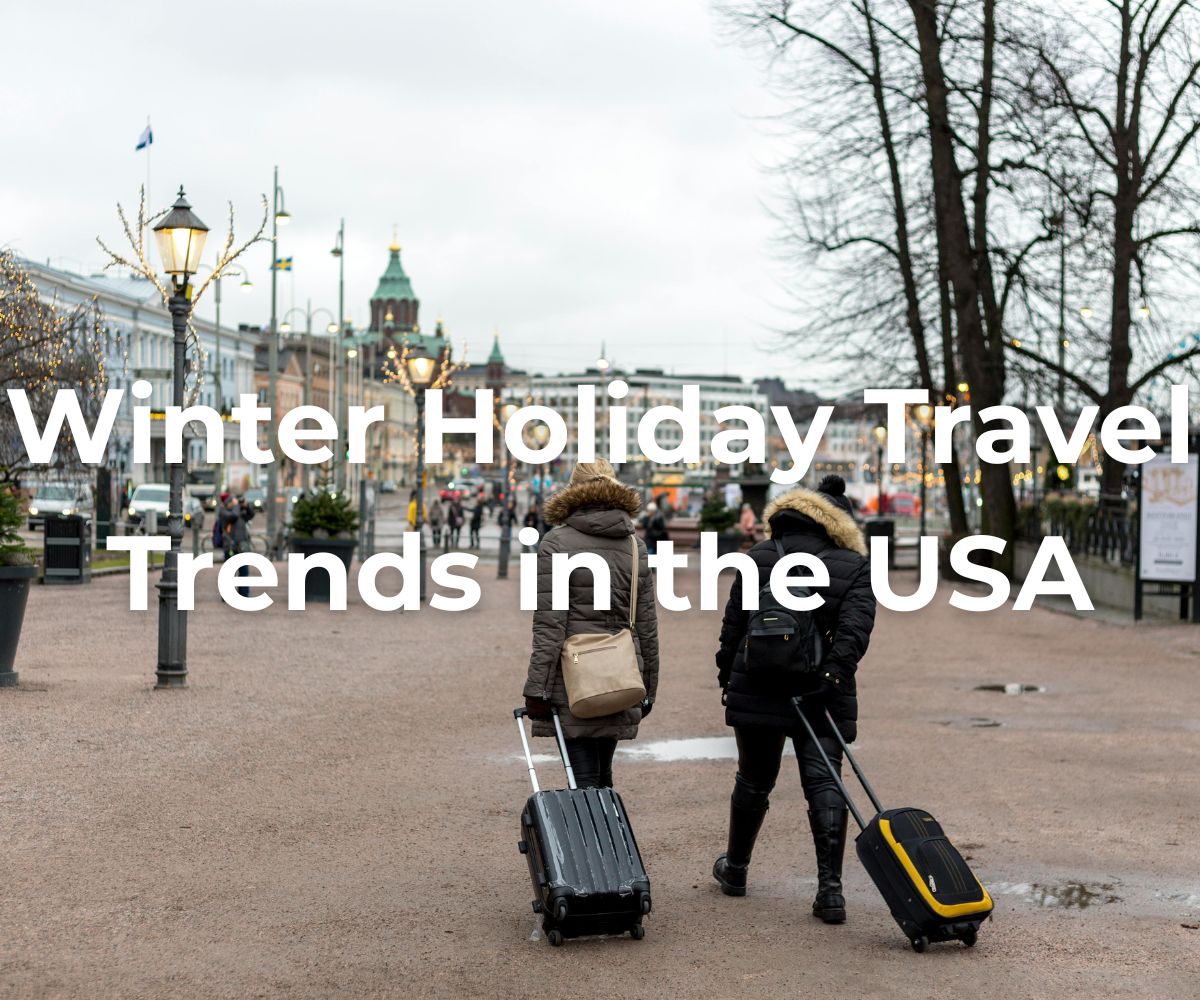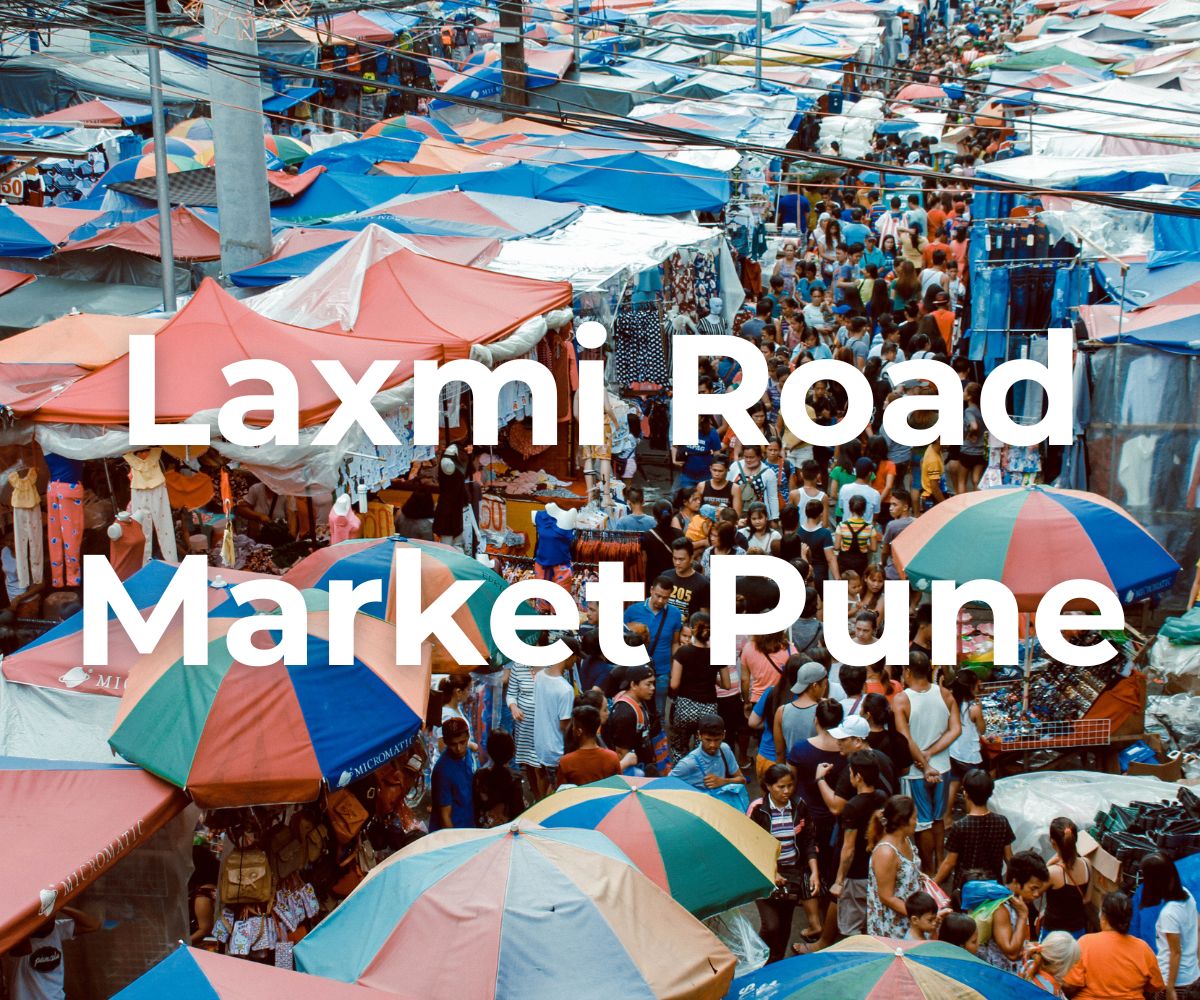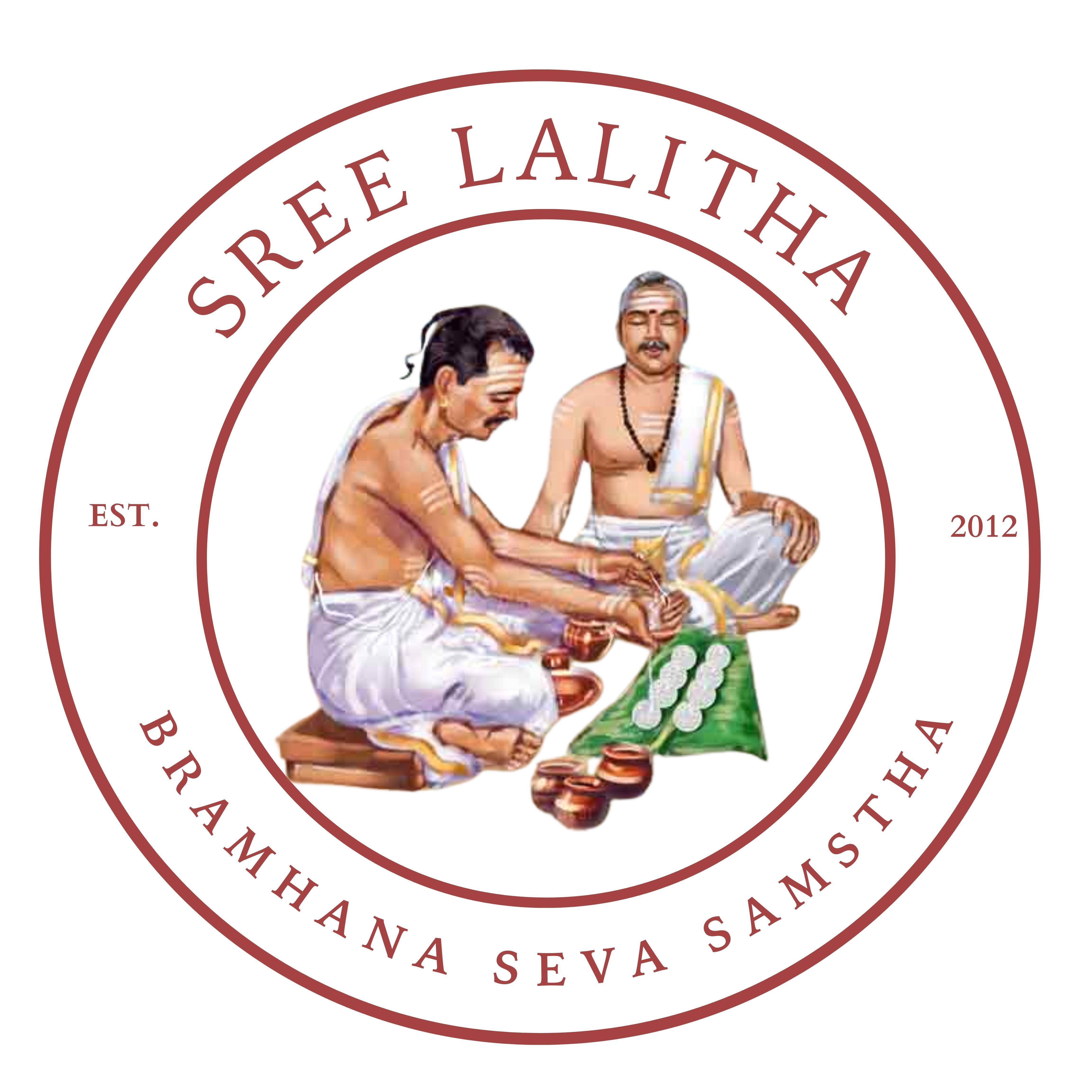mangaldas and mulji jetha market mumbai
Description
Mangaldas and Mulji Jetha Market: The Beating Textile Heart of Mumbai
A Living Museum of Fabric and Trade
In the narrow lanes of South Mumbai’s Kalbadevi and Bhuleshwar area, the hum of commerce has never stopped. Here, between the gold of Zaveri Bazaar and the arches of Crawford Market, lies a world of fabric — a maze of colour, sound, and scent.
Mangaldas Market and Mulji Jetha Market stand as Mumbai’s textile heart, a living link between the cotton boom of the 19th century and the fashion workshops of today. These markets are not only places to shop but also enduring symbols of Mumbai’s mercantile soul.
For decades, traders, designers, and brides have walked these corridors. Rolls of fabric rise like walls on both sides, porters push handcarts through narrow paths, and the aroma of cutting chai mingles with the smell of fresh cotton. Shopping here is less of an errand and more of a cultural experience — an encounter with the city’s past and present woven together.
The Origins: Visionaries Who Wove Mumbai’s Textile Legacy
The story begins in the late 19th century when Bombay was emerging as India’s textile powerhouse. Mills spun cotton for global trade, and merchants sought organised spaces to conduct business.
Mulji Jetha’s Gift
In 1869, Mulji Jetha, a wealthy merchant and philanthropist from the Bhatia community, donated land to create a centralised cloth market. His vision was simple yet revolutionary — a structured hub where hundreds of dealers could trade efficiently under one roof. Built of stone and teak, the resulting Mulji Jetha Market became one of the first organised textile markets in Asia. Its Victorian-Gothic structure with tall ceilings and open ventilation made it ideal for handling bulk goods in Bombay’s humid climate.
Mulji Jetha Market became a magnet for traders from across western India — especially Gujaratis and Marwaris — who brought with them textiles, business acumen, and a culture of trust-based trading.
The Expansion: Birth of Mangaldas Market
As trade boomed, space ran out. The overflow of merchants and customers created a spillover zone that organically developed into another market — named after Sir Mangaldas Nathubhoy, a cotton mill agent and philanthropist from the Kapol Bania community. Unlike Mulji Jetha’s single-structure setup, Mangaldas Market spread through interlinked streets and buildings. It became the more open, retail-friendly face of the textile world, complementing Mulji Jetha’s wholesale dominance.
Together, these two markets formed a twin ecosystem — one organised and monumental, the other sprawling and human-scaled. To this day, they remain interdependent and inseparable.
Architecture: Where Heritage Meets Function
Mulji Jetha Market reflects Victorian Gothic influences adapted for tropical trade. The high ceilings, mezzanine floors, and thick stone walls allow air to circulate through aisles packed with fabric. Natural light filters through skylights, revealing dust motes dancing over silk rolls.
Mangaldas Market, by contrast, feels like old Bombay in motion — colonial façades rubbing shoulders with concrete additions, balconies draped in fabric, and signs written in Gujarati, English, and Devanagari. Above, a web of wires crisscrosses like threads in a loom. The architecture tells a story of commerce that evolved without pause, changing only as trade demanded.
What Makes These Markets Special
Mangaldas Market
Mangaldas Market serves as a bridge between retail and wholesale. It’s the first stop for boutique owners, designers, and wedding shoppers.
- Vibe: Approachable, colourful, and busy with chatter.
- Best For: Retail fabrics, semi-wholesale purchases, and tailoring services.
- Fabric Range: Silk blends, cottons, linens, organza, chiffon, georgette, velvet, net, brocades, and prints.
- Services: Quick hemming, small tailoring jobs, and nearby boutiques offering one- to three-day delivery.
Mulji Jetha Market
Mulji Jetha Market (often called MJ Market) is the industrial engine of this fabric ecosystem.
- Vibe: Intense, fast-paced, and packed with bulk trade activity.
- Best For: Wholesale fabrics, trims, laces, borders, and suiting materials.
- Fabric Range: Shirting, suiting, bridal borders, zari work, tassels, elastics, and interlining.
- Services: Bulk cutting, swatch books, and dispatch through couriers or local transport.
Together, they create a perfect balance — Mangaldas for discovery and retail flair, Mulji Jetha for volume and depth.
The Organized Chaos of Fabric Specialties
Despite the apparent disorder, each lane has its own identity.
- Silk Street: Brimming with Banarasi, Kanjeevaram, and Patola silks, heavy zari brocades, and bridal fabric.
- Cotton Corridors: Stocking printed voile, mulmul, khadi, and handloom cotton, perfect for daily wear and favoured by designers for natural fibres.
- Designer Sections: Boutique suppliers offering imported fabrics like Italian wools, French lace, and Japanese denim.
- Trimmings and Accessories: Endless stalls selling laces, zippers, tassels, beads, sequins, and embroidery patches.
- Lining and Interfacing Zone: Essential supplies for professional tailoring — fusing materials, shoulder pads, waistbands, and more.
The result is a living map of fashion materials — from raw handloom to haute couture.
What to Buy: From Everyday Cotton to Bridal Opulence
Women’s Fabrics
Silks and brocades for lehengas and saris, chiffon and georgette for evening gowns, organza and net for light festive wear, and cotton or mul for daily outfits. Linen blends add elegance to summer wardrobes.
Men’s Fabrics
Suiting in wool blends and poly-viscose, crisp shirting fabrics like poplin and satin, and traditional sherwani materials in jacquard and raw silk.
Trims and Embellishments
Borders in zari, gota, and lace; metal and shell buttons; tassels and latkans; threads, cones, and interfacing essentials — every component needed to complete a garment.
Ready-to-Wear and Sarees
Pre-stitched lehengas, blouse pieces, dupattas, and kurtas. Some shops specialise in daily-wear saris, while others cater to high-end bridal couture.
The Art of Shopping: Bargaining and Building Trust
Bargaining is part of the market’s heartbeat. Each deal begins with curiosity and ends with chai.
- Start Smart: Offer 15–30% below the initial price for bulk or 10–15% for retail.
- Be Polite: Relationships matter. Repeat buyers often receive special rates or reserved stock.
- Check Quality: Unfurl fabric under good light. Rub a white cloth to check for dye, test drape and stretch, and inspect for defects.
- Confirm Minimum Order Quantity: Wholesale sellers often have set minimums; clarify before negotiating.
- Carry Cash and UPI: Many accept digital payments, but cash works best for small bargains.
A successful transaction in these markets isn’t merely about price — it’s about respect, rapport, and rhythm.
Navigating the Market
The lanes can be overwhelming, but a few tips make it easier:
- Arrive Early: Morning visits offer fresh stock and fewer crowds.
- Dress Light: Comfort is essential for long walks and quick drape tests.
- Take Notes: Photograph storefronts or label swatches to track prices.
- Avoid Peak Hours: Evenings and weekends get crowded; weekdays are smoother.
- Hire a Local Tailor or Guide: For first-timers, local help saves time and confusion.
Safety, Etiquette, and Accessibility
Crowds are constant, but the markets are safe for alert visitors. Keep valuables zipped, avoid flashy jewellery, and stay mindful of pickpockets. Photography is allowed in many shops, but ask before clicking.
The old buildings lack modern infrastructure — narrow stairs and uneven floors are common. Early morning visits help avoid congestion. Ground-floor shops are best for those with mobility issues.
Food, Rest, and Nearby Attractions
Shopping here pairs perfectly with Mumbai’s street food. Around Crawford Market and Mohammed Ali Road, snacks like vada pav, jalebi, and masala sandwiches fuel tired shoppers. For a break, small eateries in Kalbadevi offer local thalis and tea.
Nearby attractions include:
- Zaveri Bazaar: Mumbai’s gold and silver jewellery district.
- Crawford Market: Historic colonial-era marketplace for fruits, spices, and décor.
- Marine Drive: Just a short taxi ride away for a sunset unwind.
- Fort Precinct: Lined with bookstores and restored Gothic buildings.
When to Visit
- Best Hours: 10 AM–5 PM on weekdays.
- Closed: Sundays and major festivals.
- Festival Season: Pre-Diwali and wedding months bring extraordinary stock but also heavy crowds.
- Monsoon: Lanes can get slippery; wear sturdy shoes and carry waterproof bags.
For Whom These Markets Matter Most
- Boutique Owners: Consistent supply, bulk pricing, and variety.
- Fashion Designers: Access to rare trims and seasonal collections.
- Tailors: Ready stock of interfacing, lining, and thread essentials.
- Students: Budget fabrics and endless design inspiration.
- Tourists: A vivid, authentic look at Mumbai’s commercial heritage.
Sustainability and Smart Shopping
Beyond the noise and rush, these markets encourage sustainable choices. Choosing natural fibres like cotton and linen supports comfort and longevity. Ask for end-of-roll or dead-stock fabric for unique, eco-friendly pieces. Preserve swatches, label purchases, and learn care methods — dry-clean silks and embroidered fabrics, hand-wash chiffons, and air-dry cottons.
A thoughtful approach transforms shopping from consumption into mindful creativity.
A Market in Transition
While e-commerce reshapes retail, Mangaldas and Mulji Jetha have adapted without losing their essence. Many traders now use WhatsApp, Instagram, and online catalogues to reach customers worldwide. Bulk buyers place orders remotely and receive fabric through courier networks.
Yet, the real magic remains offline — the tactile pleasure of running your hand over silk, the sound of scissors slicing through cotton, and the quiet satisfaction of finding the perfect match between fabric and idea.
Challenges persist: crowded lanes, lack of parking, and the need for structural restoration. But despite these, the markets endure. Younger generations of traders are modernising inventory systems, expanding digital payment options, and maintaining the balance between tradition and innovation.
A One-Day Itinerary
Morning (9:00 AM – 12:00 PM): Start at Mangaldas Market. Explore silks, cotton prints, and semi-wholesale options. Shortlist materials for your project.
Lunch (12:00 – 1:30 PM): Eat at a local restaurant in Crawford or Kalbadevi.
Afternoon (1:30 – 4:00 PM): Head to Mulji Jetha Market. Focus on trims, linings, and bulk orders.
Evening (4:00 PM onward): Arrange packaging or delivery and enjoy a chai before leaving.
A Scene from the Lanes
It’s mid-morning. Shutters roll up, and the market hums alive. A bride walks in, holding photos of designer lehengas. The shopkeeper unrolls a stack of silks — red, maroon, gold. Her mother picks borders, her friend tests tassels. A deal strikes after a few laughs and a shared glass of tea. In another lane, a tailor carries a bolt of fabric to his workshop. Students sketch sari patterns near a stall stacked with cotton.
By sunset, the day’s trade moves out on porters’ backs — bundles heading toward boutiques, weddings, and homes across India. The markets sleep only briefly, ready to wake with the same rhythm tomorrow.
Challenges and the Road Ahead
Preservation remains vital. Mulji Jetha’s original stone architecture and the nearby Mulji Jetha Fountain both require ongoing care. Urban planners face the challenge of modernisation without erasing the market’s soul.
Still, their essence survives — community, trust, and craftsmanship. Every yard of cloth sold here carries a piece of history, from the philanthropy of 19th-century merchants to the modern-day designer’s sketchbook.
Final Word: Threads That Bind the City
Mangaldas and Mulji Jetha Market are more than textile hubs — they are Mumbai in microcosm. Within these crowded corridors, you feel the pulse of trade that once powered the city’s rise. Every conversation, every bargain, and every roll of cloth tells the same story: resilience, creativity, and continuity.
For shoppers, they promise value and variety. For designers, they’re a treasure chest of ideas. For historians, they are living archives of India’s industrial age.
In an era of online shopping and mass production, these markets remind us of the joy of touch, colour, and human connection. To walk through them is to experience Mumbai’s fabric — not just in cloth, but in character.



